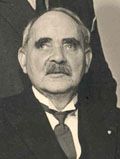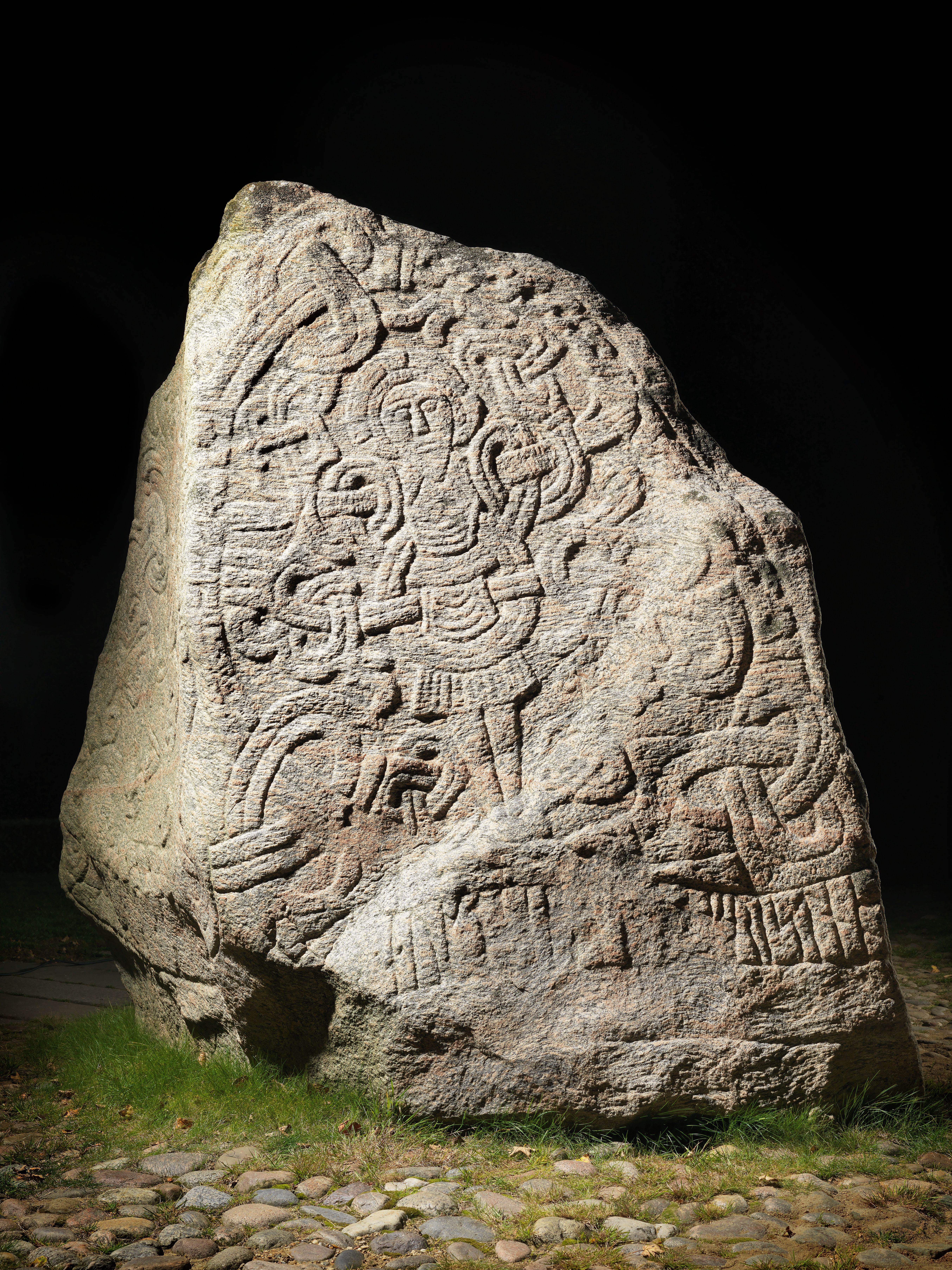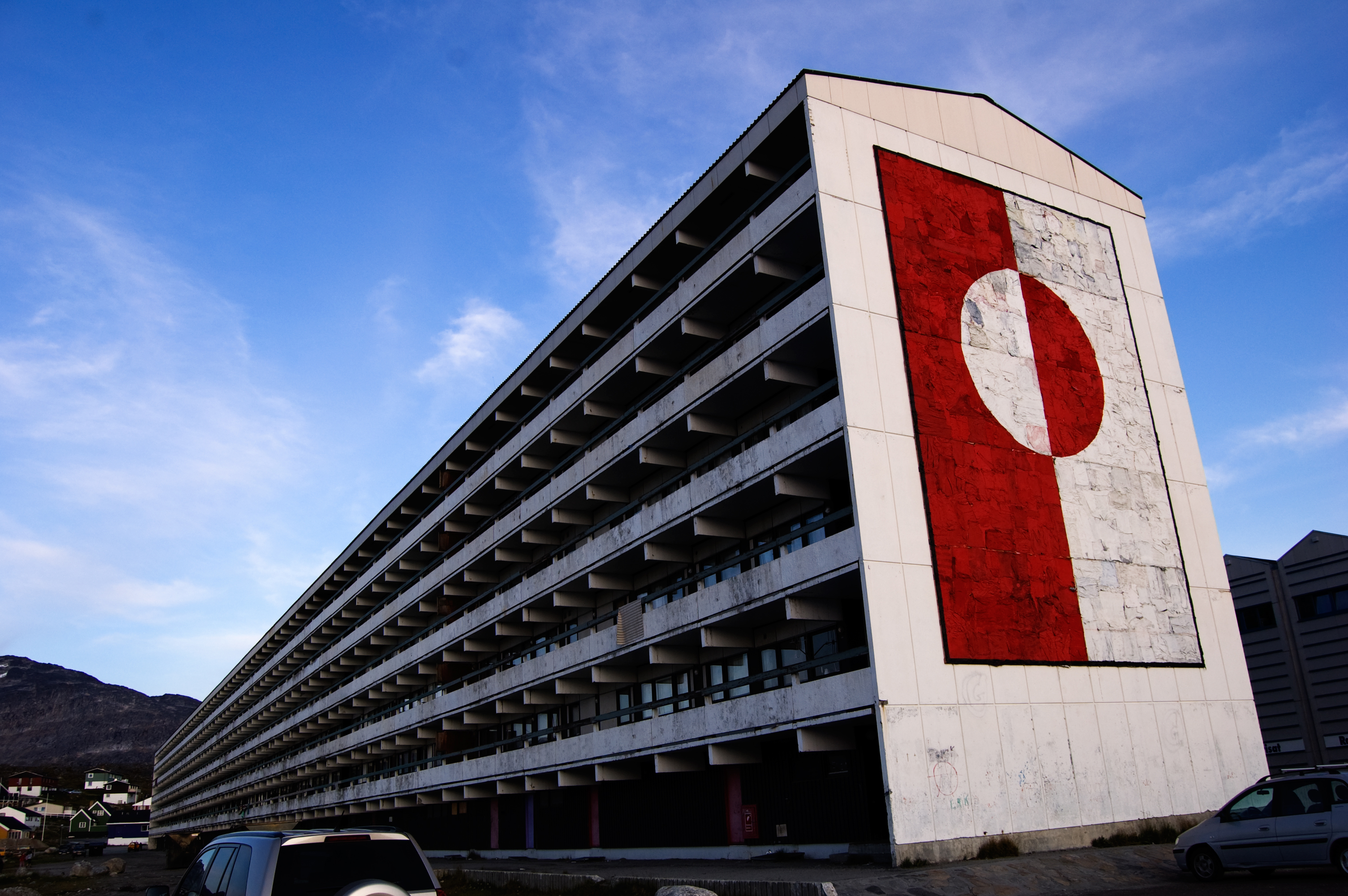|
Danish Realm
The Danish Realm, officially the Kingdom of Denmark, or simply Denmark, is a sovereign state consisting of a collection of constituent territories united by the Constitution of Denmark, Constitutional Act, which applies to the entire territory. It consists of metropolitan Denmark—the kingdom's territory in continental Europe and sometimes called "Denmark proper"—and the realm's two autonomous (but not Sovereign State, sovereign) regions: the Faroe Islands in the North Atlantic and Greenland in North America.Administrative divisions – Denmark The World Factbook. Access date: 14 April 2012 The relationship between the three parts of the kingdom is known as ''rigsfællesskabet'' (the unity of the realm). The Kingdom of Denmark is not a federa ... [...More Info...] [...Related Items...] OR: [Wikipedia] [Google] [Baidu] |
Flag Of Denmark
The flag of Denmark (, ) is red with a white Nordic cross, which means that the cross extends to the edges of the flag and that the vertical part of the cross is shifted to the hoist side. A banner with a white-on-red cross is attested as having been used by the kings of Denmark since the 14th century."Dannebrog" by Hans Christian Bjerg, p.12, . An origin legend with considerable impact on Danish national historiography connects the introduction of the flag to the Battle of Lindanise of 1219. The elongated Nordic cross, which represents Christianity, reflects its use as a maritime flag in the 18th century. The flag became popular as a national flag in the early 16th century. Its private use was outlawed in 1834 but again permitted by a regulation of 1854. The flag holds the Guinness world record of being the oldest continuously used national flag, that is since 1625. Description A 1748 regulation, which is still in force, defines the flag as constructed of two squares of , ... [...More Info...] [...Related Items...] OR: [Wikipedia] [Google] [Baidu] |
Danish Language
Danish (, ; , ) is a North Germanic languages, North Germanic language from the Indo-European languages, Indo-European language family spoken by about six million people, principally in and around Denmark. Communities of Danish speakers are also found in Greenland, the Faroe Islands, and the northern Germany, German region of Southern Schleswig, where it has minority language status. Minor Danish-speaking communities are also found in Norway, Sweden, the United States, Canada, Brazil, and Argentina. Along with the other North Germanic languages, Danish is a descendant of Old Norse, the common language of the Germanic peoples who lived in Scandinavia during the Viking Age, Viking Era. Danish, together with Swedish, derives from the ''East Norse'' dialect group, while the Middle Norwegian language (before the influence of Danish) and Bokmål, Norwegian Bokmål are classified as ''West Norse'' along with Faroese language, Faroese and Icelandic language, Icelandic. A more recent c ... [...More Info...] [...Related Items...] OR: [Wikipedia] [Google] [Baidu] |
Aksel V
:''See Kusaila for the 7th-century Berber leader.'' Aksel is a masculine name, used predominantly throughout Scandinavia, a variant of Axel. People with the name include: * Aksel Agerby (1889–1942), Danish composer, organist, and music administrator * Aksel Airo (1898–1985), Finnish lieutenant general and main strategic planner * Aksel Andersen (1912–1977), Danish-American organist and composer and organ professor and examinist * Aksel Frederik Andersen (1891–1972), Danish mathematician * Aksel Arstal (1855–1940), Norwegian theologist, schoolteacher and geographer * Aksel Bender Madsen (1916–2000), Danish furniture designer * Aksel Berg (1893–1979), Soviet scientist and Navy Admiral (in Engineering) * Aksel Berget Skjølsvik (born 1987), Norwegian professional football player * Aksel Bonde (1918–1996), Danish rower who competed in the 1948 Summer Olympics * Aksel Brehm (1889-?), Estonian politician * Aksel C. Wiin-Nielsen (1924–2010), Danish professor of meteor ... [...More Info...] [...Related Items...] OR: [Wikipedia] [Google] [Baidu] |
List Of Lawmen And Prime Ministers Of The Faroe Islands
The prime minister of the Faroe Islands is the head of government of the Faroe Islands. The Faroese term (plural: ) literally means "lawman" and originally referred to the legal function of lawspeaker. This old title was brought back into use to refer to the head of government after the islands obtained Home Rule in 1948. In recent decades the Faroese government has started using "Prime Minister" as the official English translation of , reflecting the increased autonomy of the islands. This translation does not apply to the pre-1816 office, only the modern leaders of the Faroese government. List of Løgmenn Løgmenn as lawmen (–1816) Many of the earlier holders of this position are not known. Løgmenn as Prime Ministers during the Home Rule era (1948–present) Timeline since 1948 This is a graphical lifespan timeline of prime ministers of the Faroe Islands. They are listed in order of office (those who served multiple terms are shown in order of their first). Se ... [...More Info...] [...Related Items...] OR: [Wikipedia] [Google] [Baidu] |
Mette Frederiksen
Mette Frederiksen (; born 19 November 1977) is a Danish politician who has been the Prime Minister of Denmark, prime minister of Denmark since June 2019, and Social Democrats (Denmark)#Leaders of the Social Democrats, leader of the Social Democrats since June 2015. The second woman to hold either office, she is also the youngest prime minister in Danish history, the first to be born after Margrethe II's accession to the throne, and the first to serve under Frederik X. Besides a brief career as a trade unionist (2000–2001), Frederiksen has never had any employment outside politics. She was first elected to the Folketing in the 2001 Danish general election, 2001 general election, representing Copenhagen County. After the Social Democrats won the 2011 Danish general election, 2011 general election, she was appointed Thorning-Schmidt I Cabinet, Minister of Employment by Prime Minister Helle Thorning-Schmidt. She was promoted to Minister of Justice of Denmark, Minister of Justice in ... [...More Info...] [...Related Items...] OR: [Wikipedia] [Google] [Baidu] |
Prime Minister Of Denmark
The prime minister of Denmark (, , ) is the head of government in the Kingdom of Denmark comprising the three constituent countries: Denmark, Greenland and the Faroe Islands. Before the creation of the modern office, the kingdom did not initially have a head of government separate from its head of state, namely the monarch, in whom the executive authority was vested. The Constitution of 1849 established a constitutional monarchy by limiting the powers of the monarch and creating the office of . The inaugural holder of the office was Adam Wilhelm Moltke. The prime minister presides over a cabinet that is formally appointed by the monarch. In practice, the appointment of the prime minister is determined by their support in the Folketing (the National Parliament). Since the beginning of the 20th century, no single party has held a majority in the Folketing so the prime minister must head a coalition of political parties, as well as their own party. Additionally, only four ... [...More Info...] [...Related Items...] OR: [Wikipedia] [Google] [Baidu] |
Monarchy Of Denmark
The monarchy of Denmark is a constitutional institution and a historic office of the Kingdom of Denmark. The Kingdom includes Denmark proper and the autonomous territories of the Faroe Islands and Greenland. The Kingdom of Denmark was already consolidated in the 8th century, whose rulers are consistently referred to in Frankish sources (and in some late Frisian sources) as "kings" (). Under the rule of King Gudfred in 804 the Kingdom may have included all the major provinces of medieval Denmark. The current unified Kingdom of Denmark was founded or re-united by the Viking kings Gorm the Old and Harald Bluetooth in the 10th century. Originally an elective monarchy, it became hereditary only in the 17th century during the reign of Frederick III. A decisive transition to a constitutional monarchy occurred in 1849 with the writing of the first democratic constitution, replacing the vast majority of the old absolutist constitution. The current Royal House is a branch of th ... [...More Info...] [...Related Items...] OR: [Wikipedia] [Google] [Baidu] |
Constitutional Monarchy
Constitutional monarchy, also known as limited monarchy, parliamentary monarchy or democratic monarchy, is a form of monarchy in which the monarch exercises their authority in accordance with a constitution and is not alone in making decisions. Constitutional monarchies differ from absolute monarchies (in which a monarch is the only decision-maker) in that they are bound to exercise powers and authorities within limits prescribed by an established legal framework. A constitutional monarch in a parliamentary democracy is a hereditary symbolic head of state (who may be an emperor, king or queen, prince or grand duke) who mainly performs representative and civic roles but does not exercise executive or policy-making power. Constitutional monarchies range from countries such as Liechtenstein, Monaco, Morocco, Jordan, Kuwait, Bahrain and Bhutan, where the constitution grants substantial discretionary powers to the sovereign, to countries such as the United Kingdom and other Com ... [...More Info...] [...Related Items...] OR: [Wikipedia] [Google] [Baidu] |
Unitary State
A unitary state is a (Sovereign state, sovereign) State (polity), state governed as a single entity in which the central government is the supreme authority. The central government may create or abolish administrative divisions (sub-national or sub-state units). Such units exercise only the powers that the central government chooses to delegate. Although Power (social and political), political power may be delegated through devolution to regional or local governments by statute, the central government may alter the statute, to override the decisions of Devolution, devolved governments or expand their powers. The modern unitary state concept originated in France; in the aftermath of the Hundred Years' War, national feelings that emerged from the war unified France. The war accelerated the process of transforming France from a feudal monarchy to a unitary state. The French people, French then later spread unitary states by conquests, throughout Europe during and after the Napoleoni ... [...More Info...] [...Related Items...] OR: [Wikipedia] [Google] [Baidu] |
Faroe Islander
Faroese people or Faroe Islanders (; ) are an ethnic group native to the Faroe Islands. The Faroese are of mixed Norse and Gaelic origins. About 21,000 Faroese live in neighbouring countries, particularly in Denmark, Iceland and Norway. Most Faroese are citizens of the Kingdom of Denmark, in which the Faroe Islands are a constituent nation. The Faroese language is one of the North Germanic languages and is closely related to Icelandic and to western Norwegian varieties. Origins The first known settlers of the Faroe Islands were Gaelic hermits and monks who arrived in the 6th century. The Norse-Gaels started going to the island in the ninth century; they brought Norse culture and language to the islands with them. Little is known about this period, thus giving room for speculation. A single source mentions early settlement, the Icelandic Færeyinga saga. It was written sometime around 1200 and explains events taking place approximately 300 years prior. According to the ... [...More Info...] [...Related Items...] OR: [Wikipedia] [Google] [Baidu] |
Greenlanders
Greenlanders (; ), also called Greenlandics or Greenlandic people, are the people of Greenland. Most speak Greenlandic language, Greenlandic, an Eskaleut languages, Eskaleut language. Greenlandic Inuit make up 85–90% of the people of Greenland. Greenland is an Autonomous administrative division, autonomous territory within the Danish Realm, and its citizens hold Danish nationality law, Danish nationality. In 986, Erik the Red led Norse settlers to Greenland's southwest coast, where they coexisted with indigenous cultures. Greenland came under Kingdom of Norway (872–1397), Norwegian rule in 1261 and later became part of the Kalmar Union in 1397. From the 16th to 18th centuries, European expeditions led by Kingdom of Portugal, Portugal, Denmark–Norway,Nebenzahl, Kenneth. ''Rand McNally Atlas of Columbus and The Great Discoveries'' (Rand McNally & Company; Genoa, Italy; 1990); ''The Cantino Planisphere, Lisbon, 1502'', pp. 34–37. and missionaries like Hans Egede, sought Green ... [...More Info...] [...Related Items...] OR: [Wikipedia] [Google] [Baidu] |
Danes
Danes (, ), or Danish people, are an ethnic group and nationality native to Denmark and a modern nation identified with the country of Denmark. This connection may be ancestral, legal, historical, or cultural. History Early history Denmark has been inhabited by various Germanic peoples since ancient times, including the Angles, Cimbri, Jutes, Herules, Teutones and others. A 2025 study in ''Nature'' found genetic evidence of an influx of central European population after about 500 ce into the region later ruled by the Danes. Viking Age The first mention of Danes within Denmark is on the Jelling Rune Stone, which mentions the conversion of the Danes to Christianity by Harald Bluetooth in the 10th century. Between and the early 980s, Bluetooth established a kingdom in the lands of the Danes, stretching from Jutland to Scania. Around the same time, he received a visit from a German missionary who, by surviving an ordeal by fire according to legend, convinced Harold t ... [...More Info...] [...Related Items...] OR: [Wikipedia] [Google] [Baidu] |





